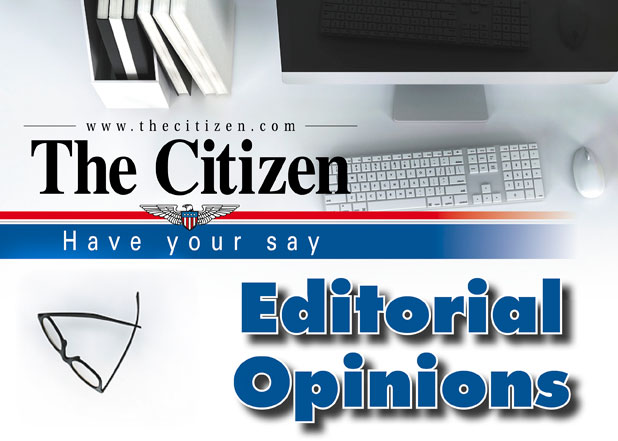
Georgians are puzzled by an apparent dilemma: Why, in the middle of a booming economy and record-low unemployment, is the state government facing budget cuts?
The easy target has been legislators’ 2018 decision to cut the state’s top income-tax rate. The data, however, reveal the tax cuts are a scapegoat. This budget crunch is self-inflicted not by tax policy, but by spending priorities.
Let’s start with taxes. Yes, revenues are flat through the first half of this budget year. As I explained in a recent column, there appear to be two main factors at play here: One is a shift in when people pay taxes; the other is the lingering effect of Hurricane Michael on Georgia’s agriculture sector.
If the tax cuts are even partly to blame – if, as some have argued, the offsetting revenue expected to flow to Georgia due to federal policy changes never showed up – then surely revenues have undershot the projections made back in 2018. Right?
Wrong. Revenues have actually outperformed those projections.
As is customary, economists at Georgia State University prepared a “fiscal note” projecting the effects of the three-step tax reform: higher standard deductions, and a pair of quarter-point reductions in the top income tax rate for individuals and corporations. (For today’s purposes, I’m combining the revenues from the personal and corporate income taxes because there is interplay between them; many small business owners can choose to report their earnings on one or the other.)
For the 2018 budget year, when the first step of the tax reform began, income-tax revenues were projected to be $12.488 billion. In reality, they hit $12.648 billion.
For the 2019 budget year, which saw the second step of tax reform take effect, the projection was $13.359 billion. Actual revenues were $13.448 billion.
So, the first two steps haven’t crimped revenues. And the third step hasn’t even been implemented.
Despite the above factors, the state still expects revenues to be higher in this current budget year than the previous one. The budget as a whole is not shrinking, although some agencies face cuts.
Why?
As is usually the case with public finances, the answer concerns not taxes, but spending.
One of Brian Kemp’s signature campaign promises was to raise all teachers’ annual salaries by $5,000. He didn’t say how quickly that would happen. But as governor, he got the first $3,000 passed last year and is seeking the other $2,000 this year.
The cumulative cost of the $3,000 raise was more than $545 million. Plus, higher salaries mean larger contributions to the Teachers Retirement System. So the total cost of the raise in the current, 2020 budget year is more than $661 million.
But general fund revenues this year (which exclude constitutionally dedicated funds, such as the lottery for pre-K and the HOPE scholarship, or motor fuel levies for roads and bridges) are forecast to rise by only about $390 million. To make up the difference, about $271 million must be cut from other parts of the budget.
For 2021, revenues are forecast to rise by another $549 million. That’s just enough to pay for the total cost of the second raise, which comes out to about $449 million.
But don’t forget that the previous $661 million from the first raise is now “baked into the cake.” To see the full effect of the teacher raises, we must look at the cumulative changes since two years ago, before the raises began.
Cumulatively, revenues for the 2021 budget are projected to be about $939 million higher. The total cost in 2021 of the full $5,000-per-year raise, including retirement costs, would surpass $1.11 billion.
In other words, spending on everything else over which lawmakers have budgetary discretion – such as healthcare, prisons, courts, higher education – must be cut by about $171 million over those two years to pay for teacher raises.
That’s politics: Candidates tell voters what they’ll do if elected, and voters expect those promises to be kept. Unfortunately, voters don’t always ask what those promises will cost.
[This commentary by Kyle Wingfield, president and CEO of the Georgia Public Policy Foundation, was originally published in The Savannah Morning News. The Georgia Public Policy Foundation is an independent, nonprofit think tank that proposes market-oriented approaches to public policy to improve the lives of Georgians. © Georgia Public Policy Foundation (February 7, 2020).]













Leave a Comment
You must be logged in to post a comment.